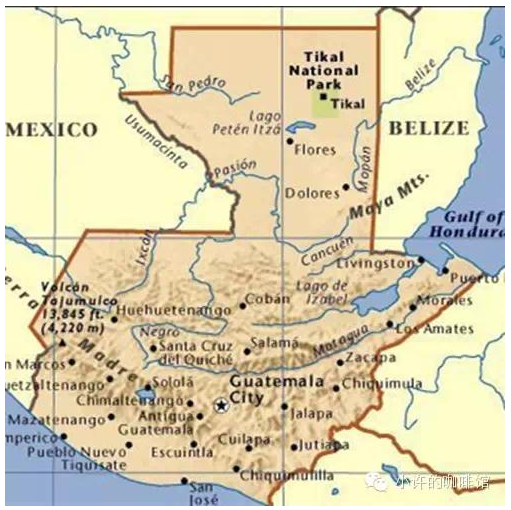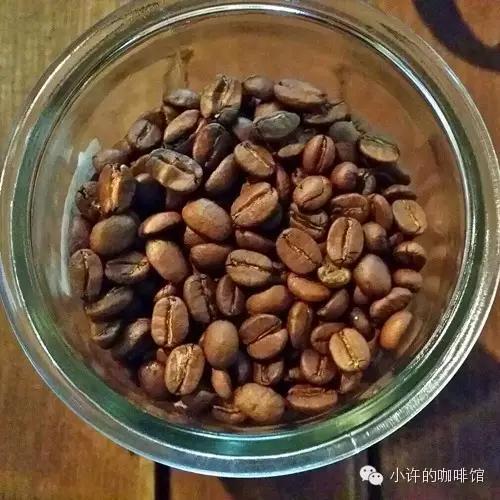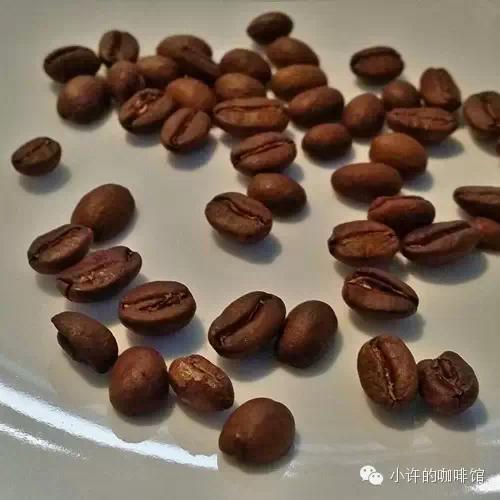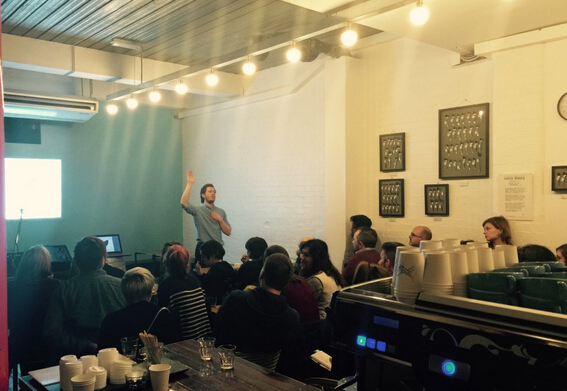World Coffee Tour (4) Guatemala
Guatemala is a big coffee producer in Central America, ranking eighth in the world in terms of output. Guatemala, whose name comes from the Mayan language, means "country of the forest", thelandofmanytrees. Located in Central America, it is known as "the pearl in the crown of China and the United States". Although Guatemala has a limited land area, it has a rich and diverse climate. A country famous for lakes and volcanoes, with volcanic soil, precipitation, temperature, humidity and altitude, Guatemala has a natural environment suitable for coffee growth.

In the 1850s, coffee was brought to Guatemala by missionaries. In the 19th century, with the invention of European synthetic dyes, Guatemala's original important export industry was hit, coffee gradually became an important export, and coffee cultivation gradually expanded. By the end of the 19th century, coffee had played an important role in Guatemalan politics and economy. Large coffee farmers had great influence on the political situation. Under the leadership of a president born as a coffee farmer, the government promoted coffee cultivation through free coffee seedlings and tax policies. In 1944, after the democratically elected president came to power, the reform policy was implemented and the cheese of the vested interests was overthrown under the planning of the US intelligence service. Guatemala was plunged into a half-century-long civil war until 1996.
The civil war damaged the original coffee industry, but the original species of coffee in Guatemala, mainly bourbon, were preserved.
Guatemala's coffee industry plays an important role in the domestic economy, with coffee exports accounting for 1/3 of total foreign exchange revenues. Guatemala was once the largest coffee producer in China and the United States until it was overtaken by Honduras in 2011.
Guatemala, the most populous country in Central America after Mexico, provides a rich labour force for coffee production, which is grown on most small-scale farms. 2/3 of the country is mountainous, and the west and south belong to volcanic belts. The humid climate and rich volcanic ash soil provide unique natural conditions for coffee production. Coffee production is widely distributed in all parts of the south-central region except the Peton lowlands in the north.

Coffee grade
Traditional Guatemalan coffee is graded according to the altitude at which it grows:
SHB, extremely hard beans, ≥ 1370m
HB, hard beans, 1370-1066m
Prime-ExtraPrime, selected, 762m-1066m
Let's talk about the seven main production areas:
1) Highland Huehue Vivette South Highland
2) Volcanic San Marcos San Marco volcanic area
3) Traditional Atitlan traditional Attland
4) Rainforest Coban Kuban and forest area
5) Fraijjanes Plateau Fletcher Heights
6) Antigua Classic Classic Antigua
7) New Oriente Orete New area
This time, it mainly introduces two important and most excellent bean production areas, Vivette South Highland and Classical Antigua.
NO.1 Vivette South Highlands:

The average elevation of the region is between 1500 and 2000 meters above sea level, and the Gucci Madane, the highest peak in Central America, is in this area. Fortunately, there is a warm wind from the Cuantepec Plain in Mexico, which protects high-altitude mountains from frost. Although there is no volcanic ash soil in other parts of Guatemala, the excellent quality of coffee in the region can be created by the excellent quality of coffee in the region. Many excellent small farms have sprung up in this area during the COE Competition this year.
NO.2 classic Antigua:

Antigua, the oldest and most famous coffee productivity in Guatemala, can be said to be a veritable "classic".
This area has fertile pozzolanic soil, low humidity, rich sunshine and high temperature difference between day and night, which forms a unique geographical environment for coffee growth. The area is surrounded by Ague,Acetenango and Fuego volcanoes, especially the regular eruptions of Fuego, one of the three major volcanoes in Guatemala, provide the region with rich volcanic ash nutrition. Antigua is favored by coffee lovers for its wonderful floral fragrance, bright acidity and the bitterness of chocolate, and what is more unique is its unique "volcanic smoke" aroma produced from volcanic soil, so it is also known as "smoke coffee"!
Finally, it should be noted that when baking, roasting in the city can bring its taste to the extreme, balanced and rich! seven boutique coffee producing areas have their own characteristics, on the whole, Guatemalan coffee brings a clear cup experience with elegant acidity, full and round, with a floral aroma and a clean, long finish, and its wonderful floral aroma and vivid and bright taste are unmatched by other coffee. It is also suitable for mixed coffee, and the sweetness and bitterness of chocolate will continue into the long aftertaste, without the heavy bitterness of Colombia, the flavor and sweetness are better than Colombia, although the overall taste of Guatemala is relatively light, but it has a good aftertaste for a long time after drinking. In addition, coffee from some producing areas also brings a wonderful smoky flavor.
Source: Sohu self-media Xiao Xu's coffee shop
Important Notice :
前街咖啡 FrontStreet Coffee has moved to new addredd:
FrontStreet Coffee Address: 315,Donghua East Road,GuangZhou
Tel:020 38364473
- Prev

Walk into the coffee and stop worrying about the coffee grease!
Many friends who use coffee utensils other than Italian machines always struggle with the fact that the coffee they make is free of oil. If we want to talk about this problem, let's look at it from two aspects. First, let's take a look at what's in a cup of black coffee besides water: caramelized sugars, flavored oils, quinic acid, and caffeine. If there is no flavor oil in the coffee, then stir-fry the coffee and stir-fry
- Next

Water is definitely an important factor in determining the final quality of coffee.
Maxwell Colonna-Dashwood, winner of two British barista competitions in 2014 and 2015, explains how water quality affects coffee quality. At the beginning of the lecture, Corona Dashwood prepared three coffee samples A, B and C for the audience. The audience was invited to taste three cups of coffee and record the differences in taste. Coffee
Related
- What is the meaning of lactic acid fermentation with coffee bean treatment?
- How to judge the state of foam by sound?
- How does the latte pull out the unicorn pattern? Come to get for a little trick to improve the flower pull!
- Will flower pulling affect the taste of the latte?
- Do you know the history of coffee?
- The difference between honey treatment and sun washing what is raisin honey treatment?
- What kind of milk can a novice use to make coffee foam to keep the foam longer? The correct method and skills of milking tutorial sharing
- Why do washed coffee beans taste sour? Flavor characteristics of washed Coffee
- Introduction to the skill of how to practice the size and height of water injection around the circle of hand-brewed coffee
- How do beginners practice coffee flower drawing from scratch?

